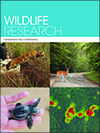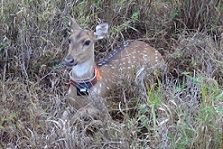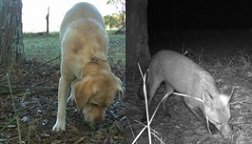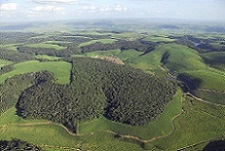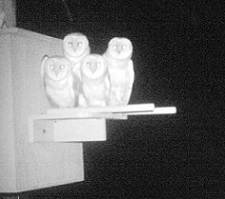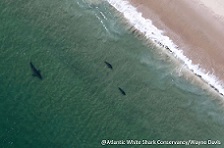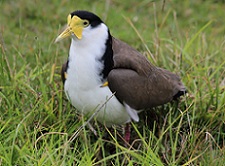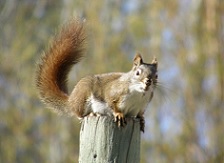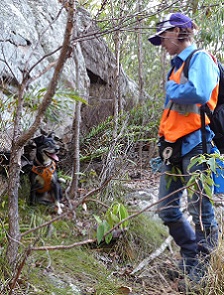WR20154An overview of the history, current contributions and future outlook of iNaturalist in Australia
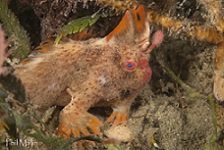
Citizen science data are increasingly being integrated with professional science, allowing the collection of data at unprecedented spatial and temporal scales. This review outlines the history of the global citizen science platform iNaturalist from an Australian perspective, and summarises Australian biodiversity data contributed to the platform. We discuss important future directions both to better understand how iNaturalist contributes to biodiversity research in Australia, and to maximise the usefulness of Australian iNaturalist data for research and conservation. Photograph by Phil Malin.
WR20154 Abstract | WR20154 Full Text | WR20154PDF (4.8 MB) | WR20154Supplementary Material (2.6 MB) Open Access Article


